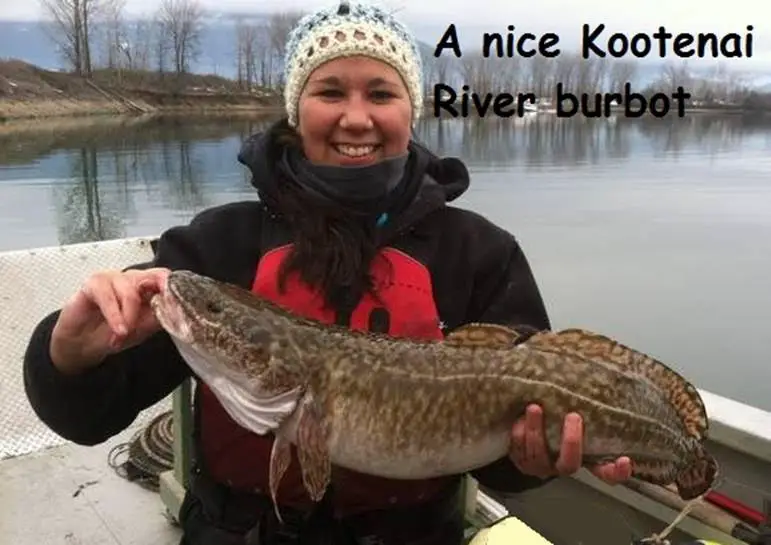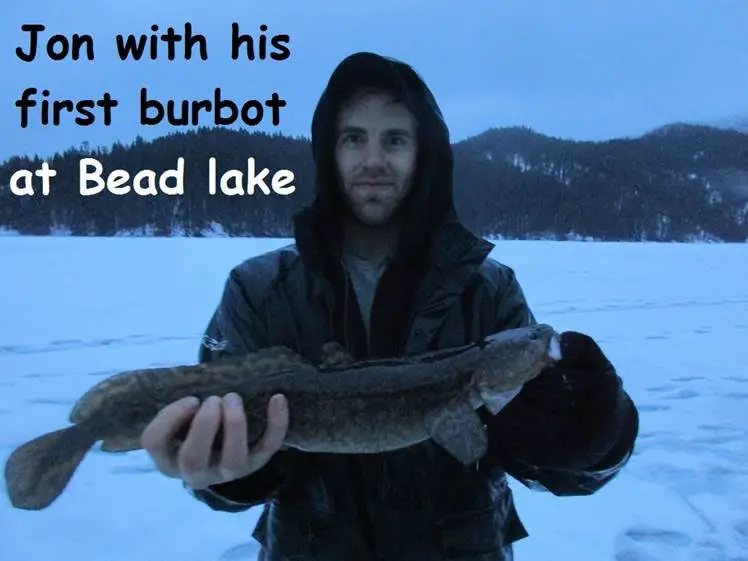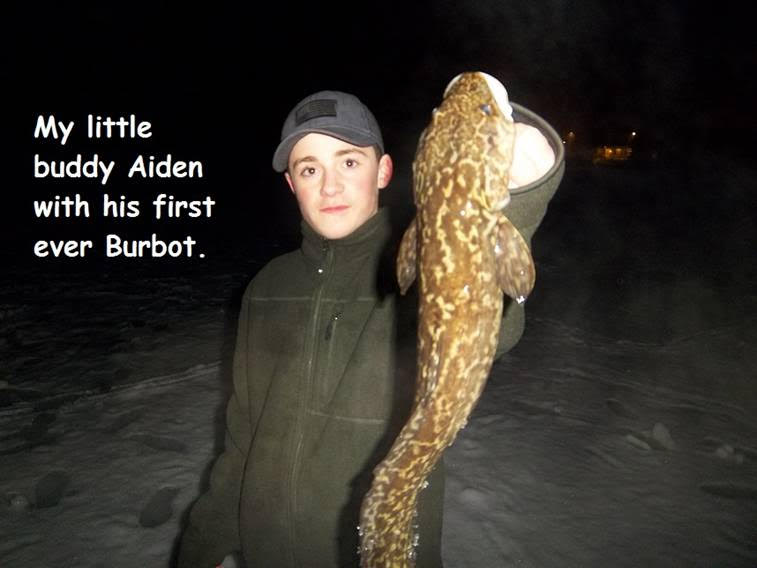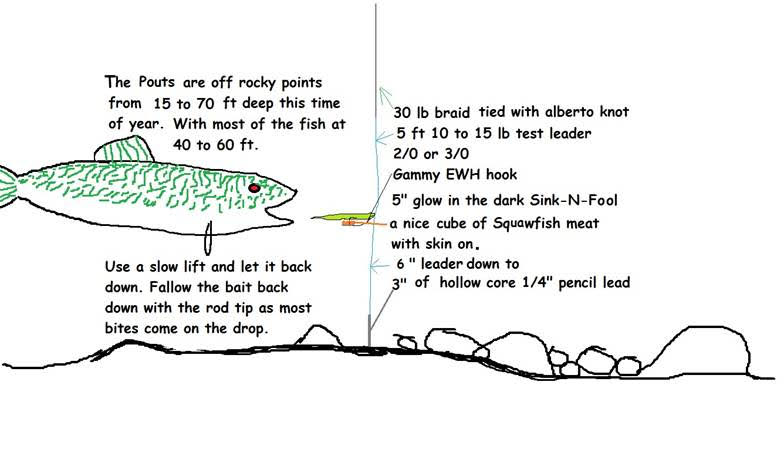Search
Latest Articles
Drop Shotting for Eelpout (AKA Burbot)
by Rick Lawrence, February 08, 2020
Burbot are a predator fish and very aggressive feeders; sometimes they will feed on fish almost the same size as themselves. Some of the main food sources for Burbot are Kokanee, Whitefish, Trout, crayfish, and sometimes Perch. These fish hunt primarily at night, by tracking down their prey with a great sense of smell and sound vibrations they pick up so the best time to fish for them is late afternoon till way after dark. The average size of Burbot in the N.W. range between 2 and 5lbs, but they can reach over 15lbs! Usually Burbot are found in deeper waters of over 100 feet. But in the winter months between January and March these fish move into the shallows to spawn, sometimes in water depths of only a couple of meters deep. This is why ice fishing is an excellent opportunity to target these fish.
My preferred way to catch these odd looking fish is a modified drop shot rig. I set up my drop shot starting with 30lb braided line on a spinning rod. If you’re fishing from a boat in open water a 6 ½ or 7 ft M or MH spinning rod works great and if your ice fishing any M ice rod will work.
I tie the braid to about 4 foot of 12lb. mono or fluoro leader with the Alberto knot. About 12” from the end of the leader I tie on a Gammy 2/0 or 3/0 EWG worm hook. It’s important to use this wide gap hook for this technique. I tie my hook on like any other drop shot rig with the hook point facing up with either a Palomar knot or my favorite knot the Fish-N-Fool. Both knots make sure you run the tag end of the line back down though the hook eye so it makes the hook stand out 90 deg. from the line. I slide a 2 or 3” piece of ¼’ hollow core pencil lead up the line in pinch in place with a pair of pliers.
You can use any white soft plastic bait as long as it is a glow in the dark type and 3” to 5” long. My preferred bait is a version of my popular Sink-N-Fool bait that I add glow in the dark powder to them. I rig the front of the bait on the hook with a standard Texas rig method, but before you put the hook point through the bait cut a fair size piece of fish meat and put it in the belly of the hook. Then finish your Texas rig putting the hook point through the bait and skin hooking on top. The best bait for Burbot is squawfish cut into about 1” cubes, they seem to love them. Perch, trout, and other fish can be used as well. You can also buy smelt or herring, but these don’t stay on the hook very well. Smelt is the better choice of these two. See the diagram at the top for rigging instructions.
Since Burbot are attracted to smell, scent is the key to draw them to your lure! They tend not to be concerned about quality of bait, but to quantity. So larger baits scented with gels will also help lure them to your bait. Make it stink! Once they get the scent of the lure having a glow in the dark bait for them to key in on is very important. In general you don’t have to jig the bait a lot to get a bite so this is the perfect method for winter ice fishing with multiple ice rods.
This time of year look for fish in 70 ft. of water or less. I good sonar is almost a must have for this type of fishing. Drill multiple holes at different depths to look for Pout’s and use your sonar to figure out what depth range the fish are in. Most of the time in the winter, you will find them in about 40 to 60 feet of water. They tend to school up this time of year as this is spawning season for them so look for balls of fish. Drilling a lot of holes along a main lake rocky point is a great place to look for Burbot. Start shallow and work your way out to about 70 ft of water testing each hole with you sonar to look for fish and see what the bottom looks like.
Burbot are usually on the bottom of the lake so make sure to present your bait within 6 inches of the bottom. Slow jigging will help attract the fish and entice some bites. I have found the drop shot a effective presentation. Sit the weight on the bottom of the lake floor and have your hook up on the line 6 to 8 inches. Slowly jig your line keeping contact with the bottom; this will give your presentation the right movement to trigger the bite.
Only nine bodies of water in Washington have Burbot in them. They are: Bead Lake, Sullivan Lake, Banks Lake, Lake Chelan, Cle Elum Lake, Kachess Lake, Keechelus Lake, Palmer Lake and Lake Roosevelt.
Eelpout can only be found in N. Idaho in the Kootenai River as far as I know. Burbot fishing has been closed in Idaho since 1992 because of low populations, but a cooperative restoration effort in North Idaho has boosted Burbot numbers in the river and they now allow for some harvest while meeting conservation goals and from what I have heard the fishing up there has been excellent. I hope to see you out on the water at your favorite lake to “Pout” in .



